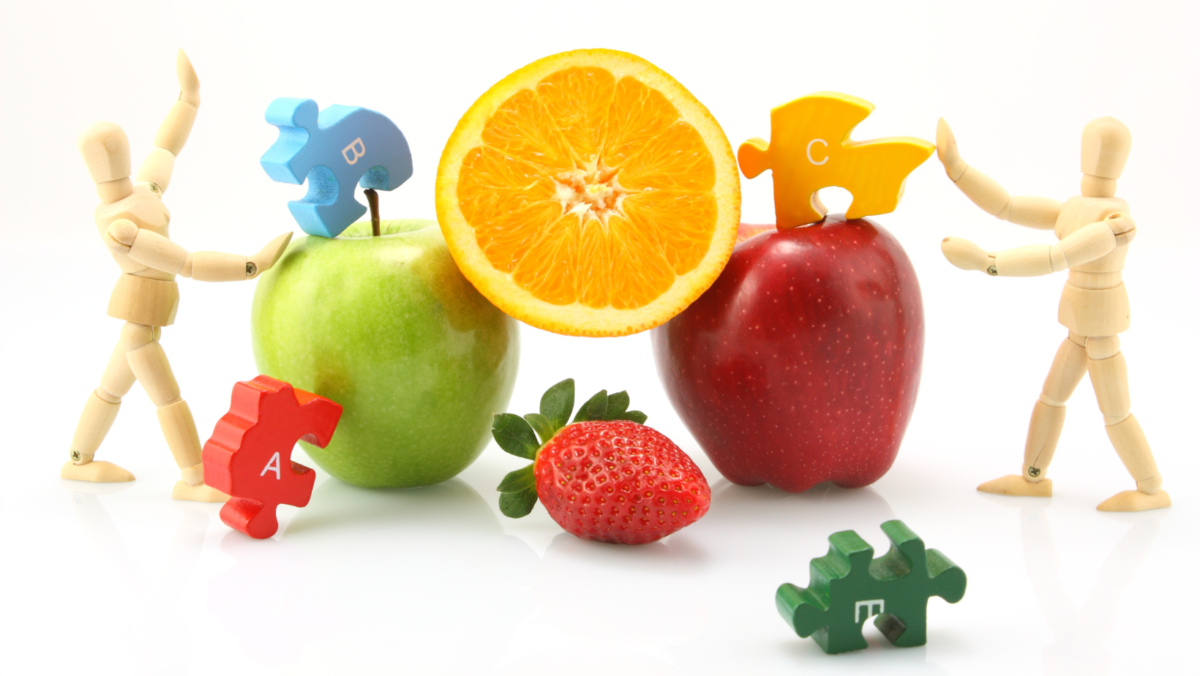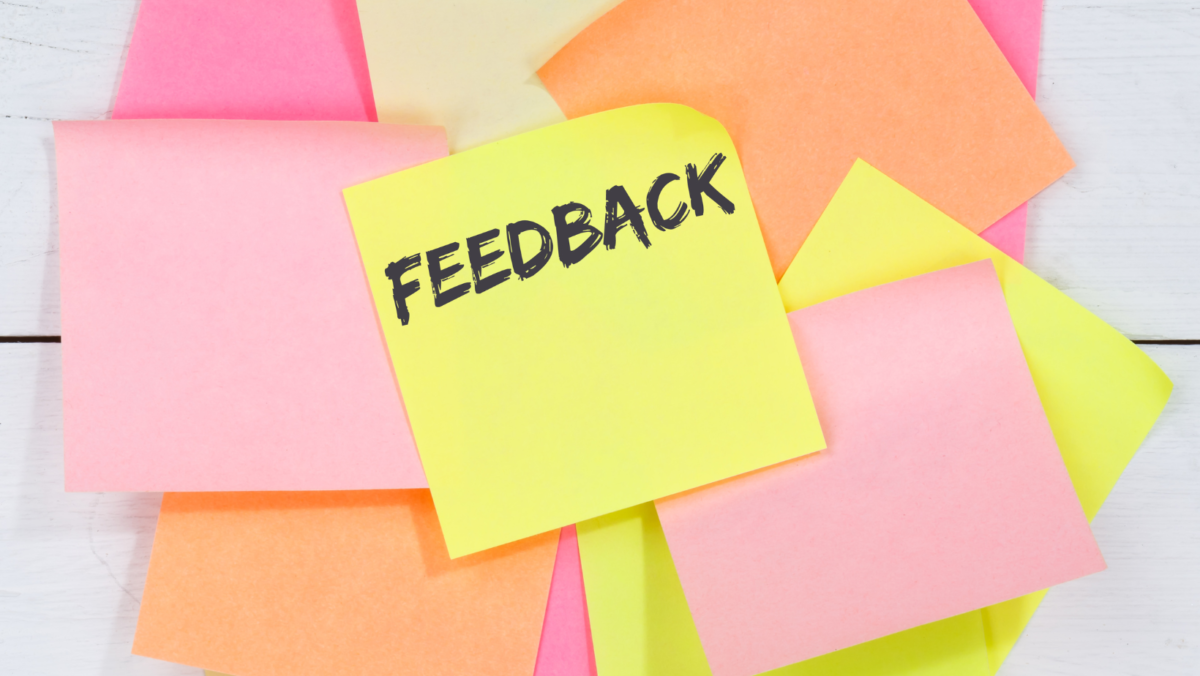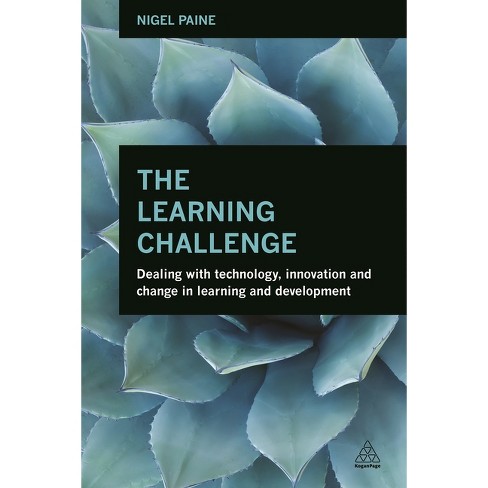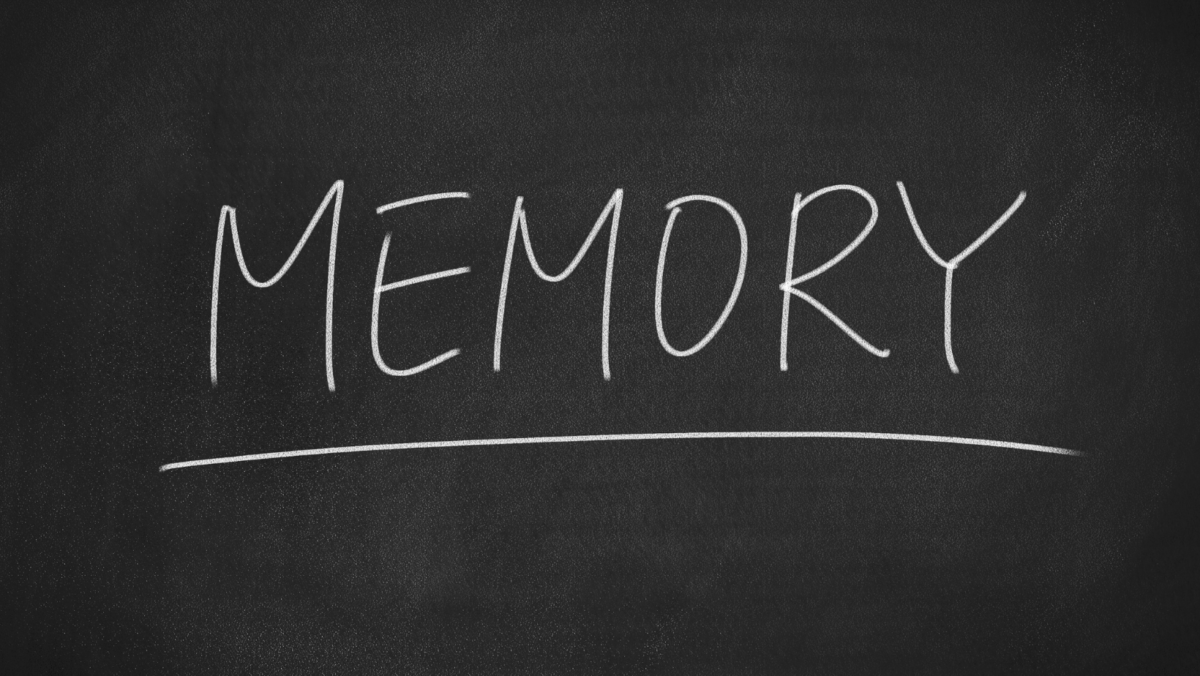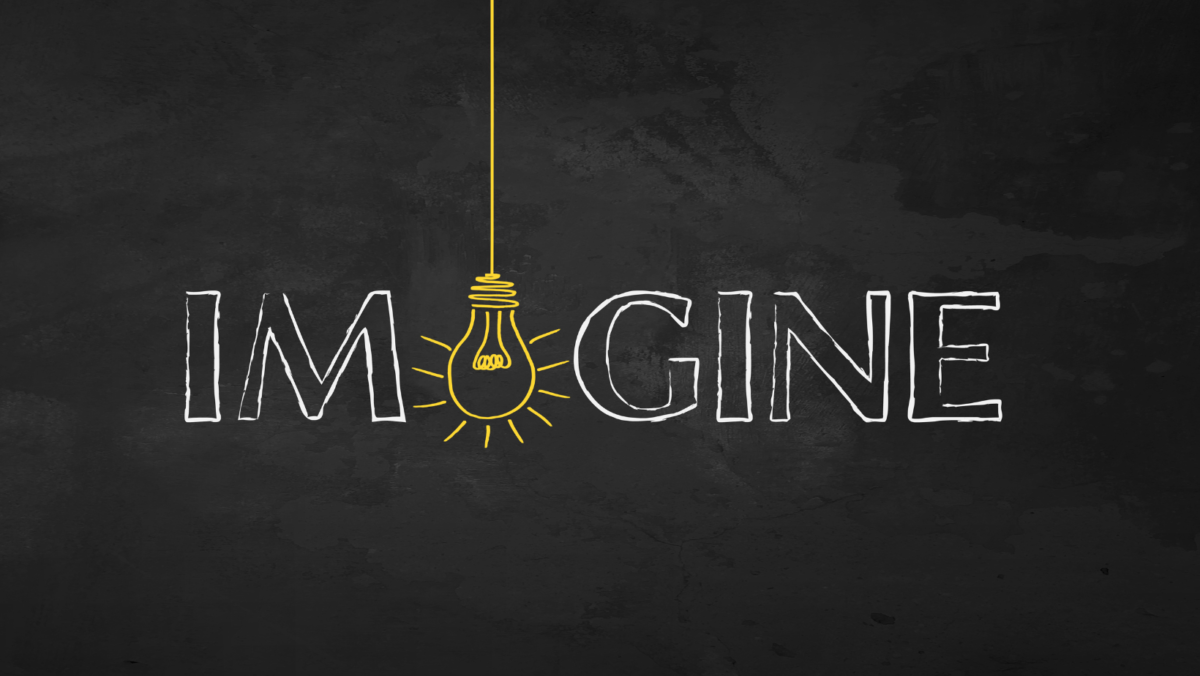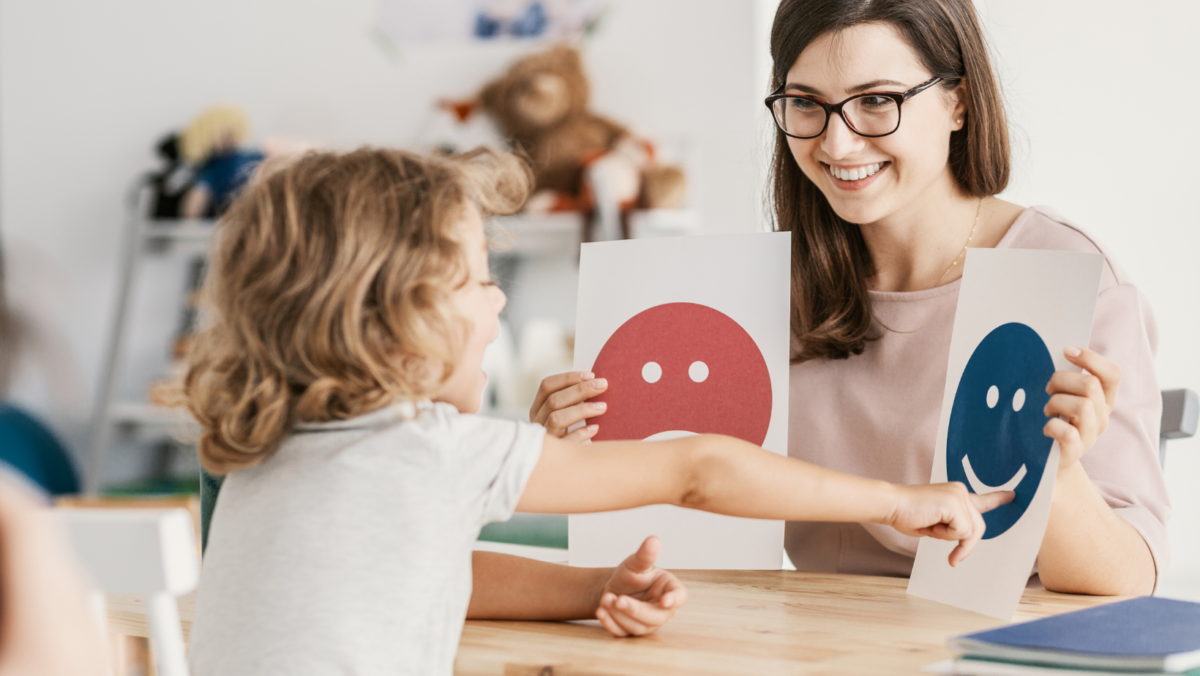Updated July 31st 2024
Our 3rd Foundation block for the 7-Step to Learning & Habit Change is brought to you by our guest blogger Camille Donegan. Our Beliefs, the beliefs we hold about ourselves, can be one of the biggest blocks to us making change and to having the happiness and success in our lives that we deserve. Camille tells us her story, can you identify with it? This blog also relates back to Step Number 7, our piece entitled ‘Two-Way Street, Positive or Negative thoughts.
The World Is Your Oyster – guest blogger Camille Donegan
Optimists; you may see them as unrealistic, happy-clappy people who don’t live in the real world? So why would you want to be one? Well research shows that optimists have better health and more successful careers, plus a tight correlation has been found between pessimism and symptoms of depression.
I should probably hold up my hands at this point and confess … I AM A TOTAL OPTIMIST. When something ‘challenging’ happens to me in my life, I automatically look to see what learnings I can get from it. It doesn’t mean I don’t have fears, doubts, limiting beliefs and even some worries, it just means I don’t let them hold me back.
My dad wrote me a poem and when he passed away I included it in his memorial mass booklet. In it, he said that the world was my oyster and all I had to do was prise it open and suck out its sweet delights! How right he was! Even though I’ve been an optimist as long as I can remember, it’s been a fairly recent realisation for me that the only thing that holds us back in this life – is ourselves. Our own blocks, our own insecurities, our own doubts, and our limiting beliefs. Any of us can achieve anything – I truly believe that. For instance, I am currently working on getting my house overlooking the sea, plus the hot man and the gorgeous dog to go with it!
Knowing you can achieve anything (and being an optimist) doesn’t stop the voice of the inner critic though! Last week a colleague of mine announced that the next day he was going to present me as the CEO for a product we are working on to a Venture Capital Group he was pitching to. Right on cue, my limiting beliefs kicked in: “I can’t do that! I don’t know enough! I’m not smart enough! I’m not financial-savvy enough!”.
We all have a voice in our head, an inner narrator. For pessimists, this voice is predominantly negatively focused while optimists are able to over-ride the negative ‘stories’ or ‘self-talk’ quite quickly, and replace them with positives. Yet, we all have or have had some limiting beliefs regardless of how positively or negatively focused we are.
Over the next while, I invite you to start paying more attention to your inner voice. When you hear negative comments from your inner narrator, try to adapt it into self-talk which will empower and challenge you.
Once you start to become more aware of your negative self-talk, particularly reoccurring limiting beliefs, such as ‘I’m not good enough’ you can start to address them. Try ‘going vertical’ with them. Question them. Interrogate them. Ask yourself, do I believe these negative thoughts or limiting beliefs? If the answer is ‘Yes’, think “what evidence exists that this thought might not be true”. Then, think “what might be a better, healthier version of this thought”? Consciously choose to replace the negative thought or limiting belief with the new, more positive version.
That’s what I did for my big meeting…I created more empowering beliefs. I questioned each of the limiting beliefs and blocks that came up until I had dispelled most of them.
Granted, I did hit the books, and spent a lot of the night before the meeting researching. But all the reading and researching in the world would not have made me feel confident, had I not done the work on my beliefs!
Good news is in that meeting, I felt confident, informed and actually pretty relaxed.
I still need to work on my finance skills! But that’s a job for another day.
Camille Donegan is a Freelance Theatre Producer and Owner of Alive-O Productions, and a Technology Consultant. She is constantly self-developing, exploring philosophies and methodologies to enhance her experiences.


